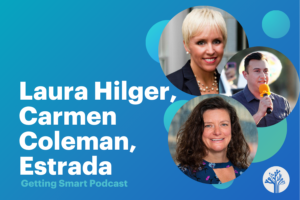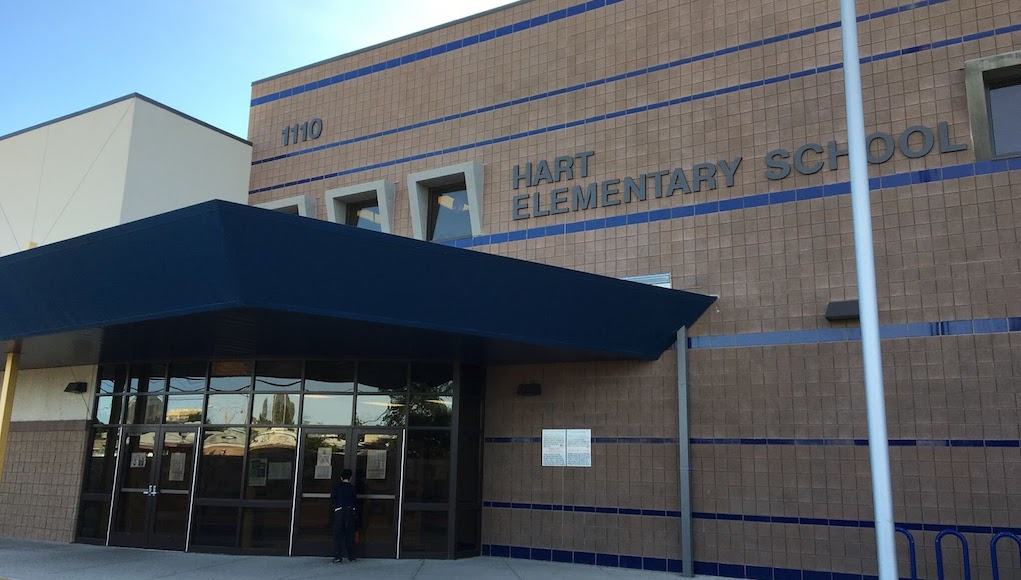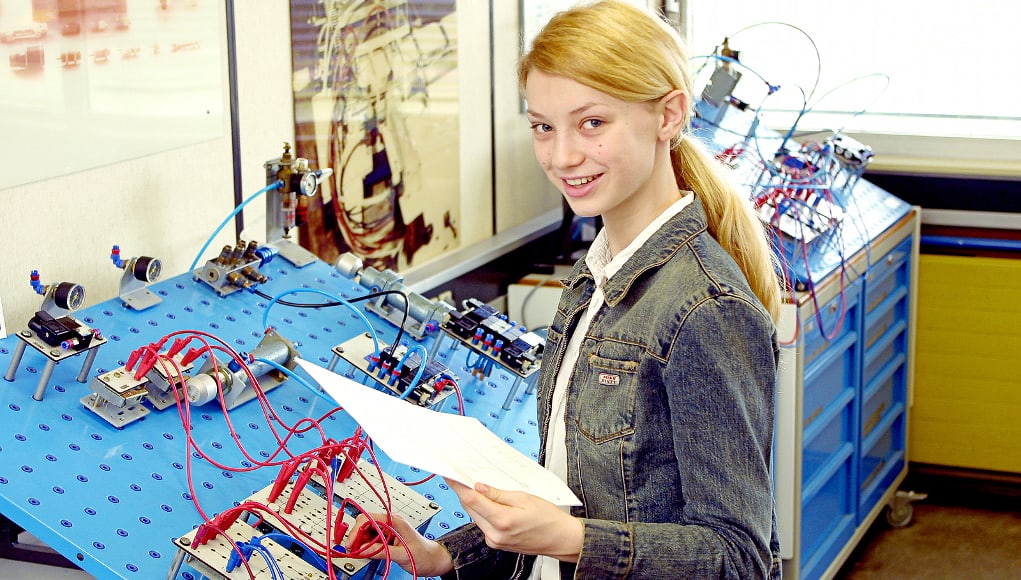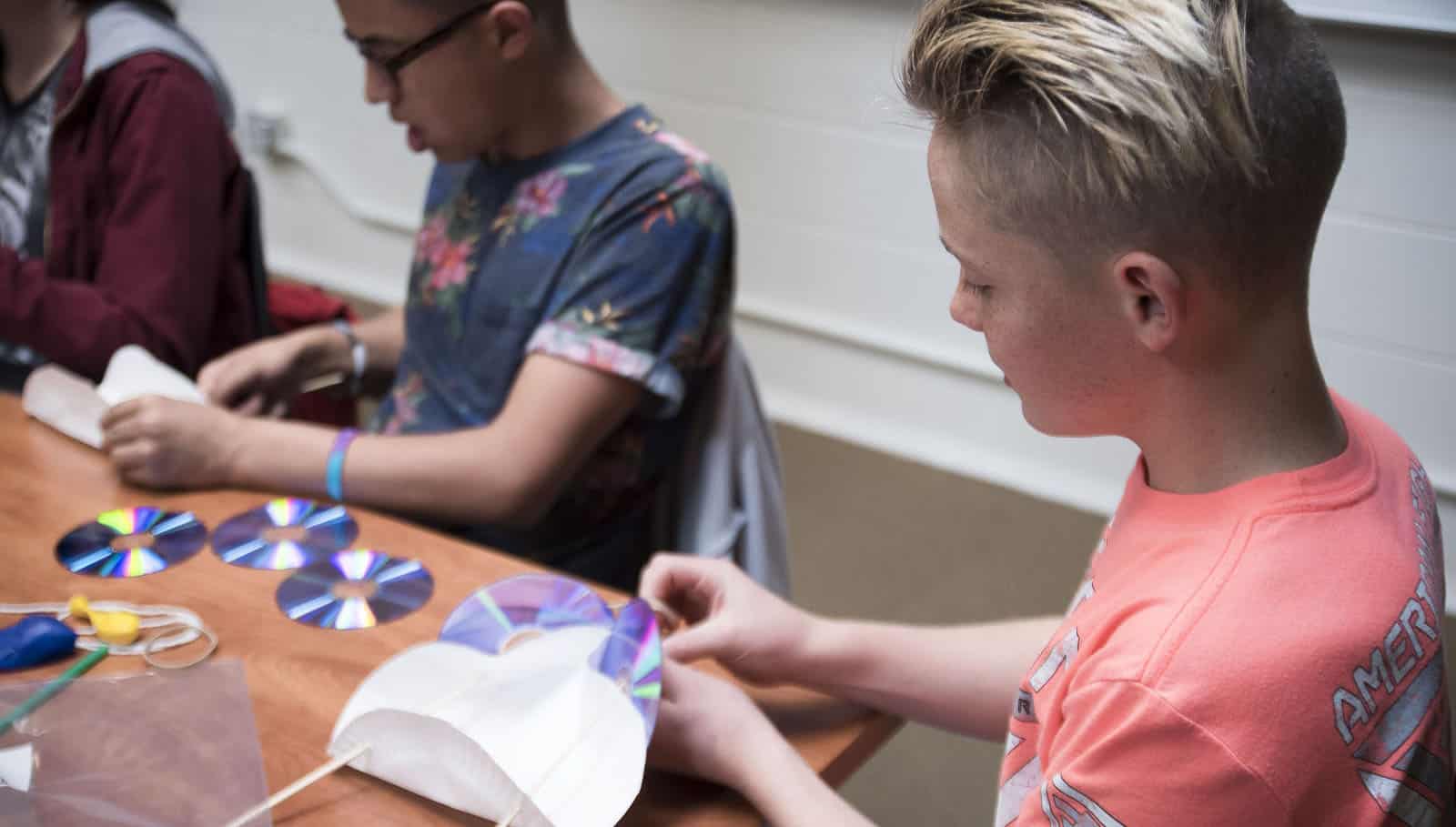Project-Based Learning
(PBL) is an instructional approach where traditional, direct classroom instruction and tests are replaced by authentic, often interdisciplinary projects, usually designed by the student with guidance from instructors/coaches, addressing real-world problems as the assessment instead of a test. It also is closely related to deeper learning, challenge-based learning, interest-based learning and more.
How to Create & Cultivate a PBL Culture
Transitioning to a more project-based pedagogy can be challenging and overwhelming, but there is one simple factor in particular that will affect your success: culture. Learn more about how to build a PBL culture here.
El Paso and New Tech Network: District Transformation in High Gear
At eight middle and high school sites and growing, the New Tech Network (NTN) cohort has emerged as a powerful force within the El Paso Independent School District. Learn more about their efforts and results here.
A Research-Based Reason to Hope
By: Kristin Cuilla. Over five years of research and a variety of data sources have culminated into a new research report that truly documents how the school model is making a difference in the lives of students from every type of background.
The 5 Core Components of K-12 Entrepreneurship Education
Today's students need their curriculum and instruction - or rather their learning experiences and performance opportunities - to allow for ideation, virtual global collaboration, design thinking, transdisciplinary practices, adaptive thinking, and cross-cultural competencies.
Chan Zuckerberg Backs Personalized Learning R&D Agenda
This month Tom traveled to the Fusion conference where he sat down with Bror Saxberg and Jim Shelton of the Chan Zuckerberg Initiative to hear more about their personalized learning and R&D agenda.
How to Humanize Learning in the Classroom with 3 Global Issues
By: Cleary Vaughan-Lee. How integrating stories of migration, climate change and language loss, can create real context and global-to-local connections for students.
Globally Connecting Learners through Project-Based Learning
Teacher blogger Rachelle Dene Poth shares how Project-Based Learning can help bring global connectivity to students and 5 steps to get started.
LRNG & John Legend Are Spreading Access to Quality Education
This month, LRNG Innovators and John Legend are rolling out a series of videos on teacher-led programs that creatively spark passion and excitement for learning in their students. Learn more here.
The Power of Constraints
In our classrooms, we often think we need to remove restrictions so we don’t cramp our students’ creative style. Apparently, though, the opposite may be true.
A Celebration of Cross-Curricular Creativity
By: Andy Plemmons. The interdisciplinary nature of the project means that students have multiple sources of support throughout the project, from the art teacher to intervention teachers to classroom teachers to the librarian.












